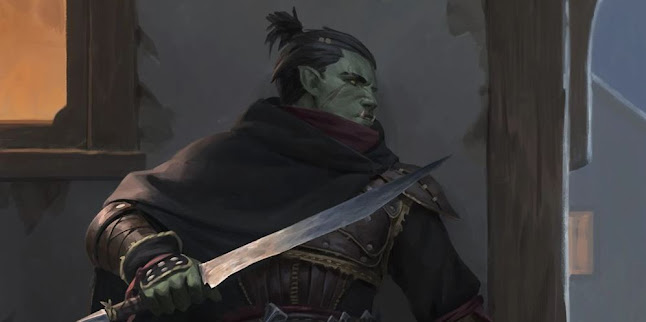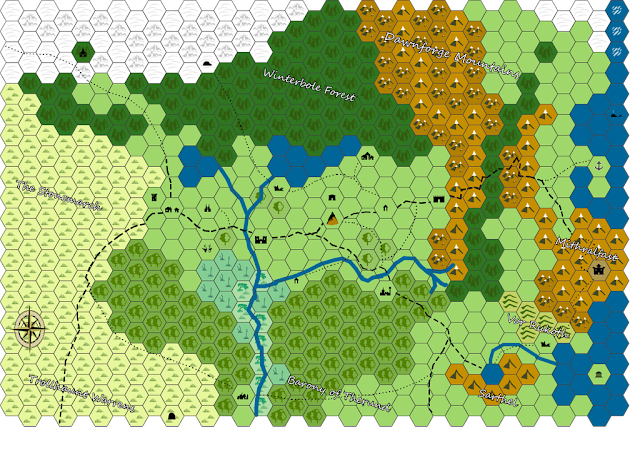Dnd 5e The Stealthy Scheme Roll
The Problem with Probability
Finally, once the plan is ready, you all get to actually play the game! One way or another someone somewhere along the line is going to roll poorly, just due to the nature of the dice. All the time spent planning was for naught, as all of the assumptions and circumstances that were made in the plan have changed.
As a solution to this trope, I’ve once again “borrowed” some mechanics from my favorite game Blades in the Dark.
In that tabletop RPG it serves essentially the same purpose. Skipping a majority of the planning, and getting right to the action. I’ve hacked this process to still allow for the planning phase to occur, but still allow for action to happen as well.
I’ll now explain how the system works, and how to use it.
Stealthy Scheme Roll
Based on the engagement roll from ‘Blades in the Dark’, the Stealthy Scheme roll is a check that is made after a stealthy plan has been concocted by a group of player characters. The intent is to avoid the eventual bad roll that would cause a stealth operation to fail, and also reward players for good planning.
House Rule: Once a group of player characters have decided upon a plan they wish to enact that involves an element of stealth, each participating character will roll a stealth skill check. The DM will aggregate the average result of all of the rolls and will then narrate how far along in the plan the group went and how many obstacles they overcame, before something went wrong. (Or better yet, the players can take turn narrating their success). The higher the result, the further along the plan they are. Wherever the DM decides the plan stumbles or fails, the game will proceed on a moment to moment basis.
Note: Participating members that wish to use a different skill check may do so, it will be included in the average result. For example, persuading a guard, or deceiving a butler.
For example, a group of PCs wants to steal a document hidden in the royal library. They will need to sneak inside, find the document, steal the document and get out unnoticed.
Each of the PCs makes a stealth roll and the final average result is a 15. In this case, they managed to make it inside using the tactics they described in their plan, found the document, but were discovered as they made their exit. From that point forward, the PCs have to find a way to escape the library without being captured and put to justice.
Hopefully, with this small change stealth planning can feel more rewarding for both players and the dungeon master running the game.



Comments
Post a Comment